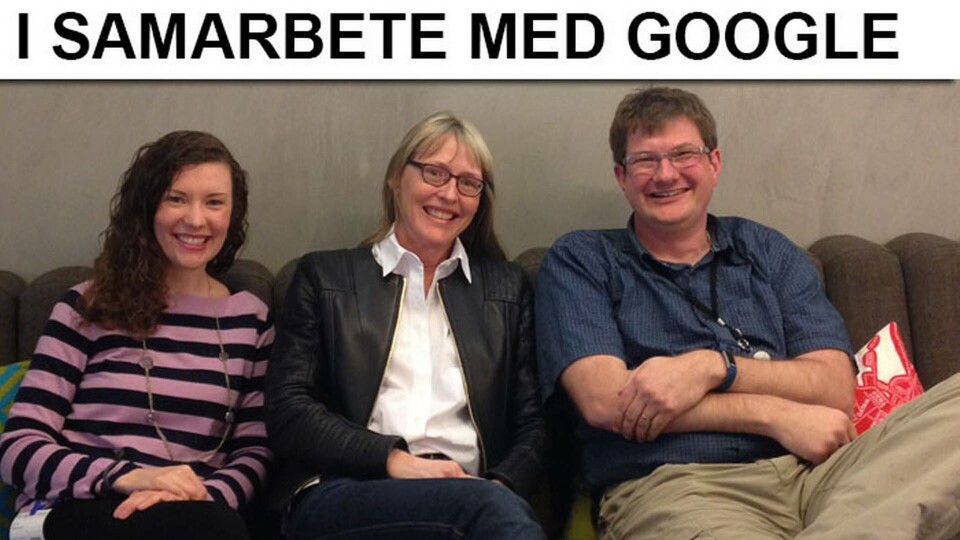Lediga jobb
-

Underhållsingenjör inom banteknik - Västkusten behöver dig!
-

Systemutvecklare Trafikinformation - Skapa lösningar som gör verklig skillnad
-

Specialist inom risk och kvalitet
-

Nu söker vi en driftansvarig till vår laddinfrastruktur!
-

Biträdande kontorschef till den tekniska avdelningen
-

DevOps Systemintegratör inom Linux
-

Enhetschef till drift och IT-infrastrukturkontoret
-

Stationsingenjör till Gotland
-

Avfall Sverige söker en rådgivare inom energiåtervinning
-

Specialist GIS - Eskilstuna















































